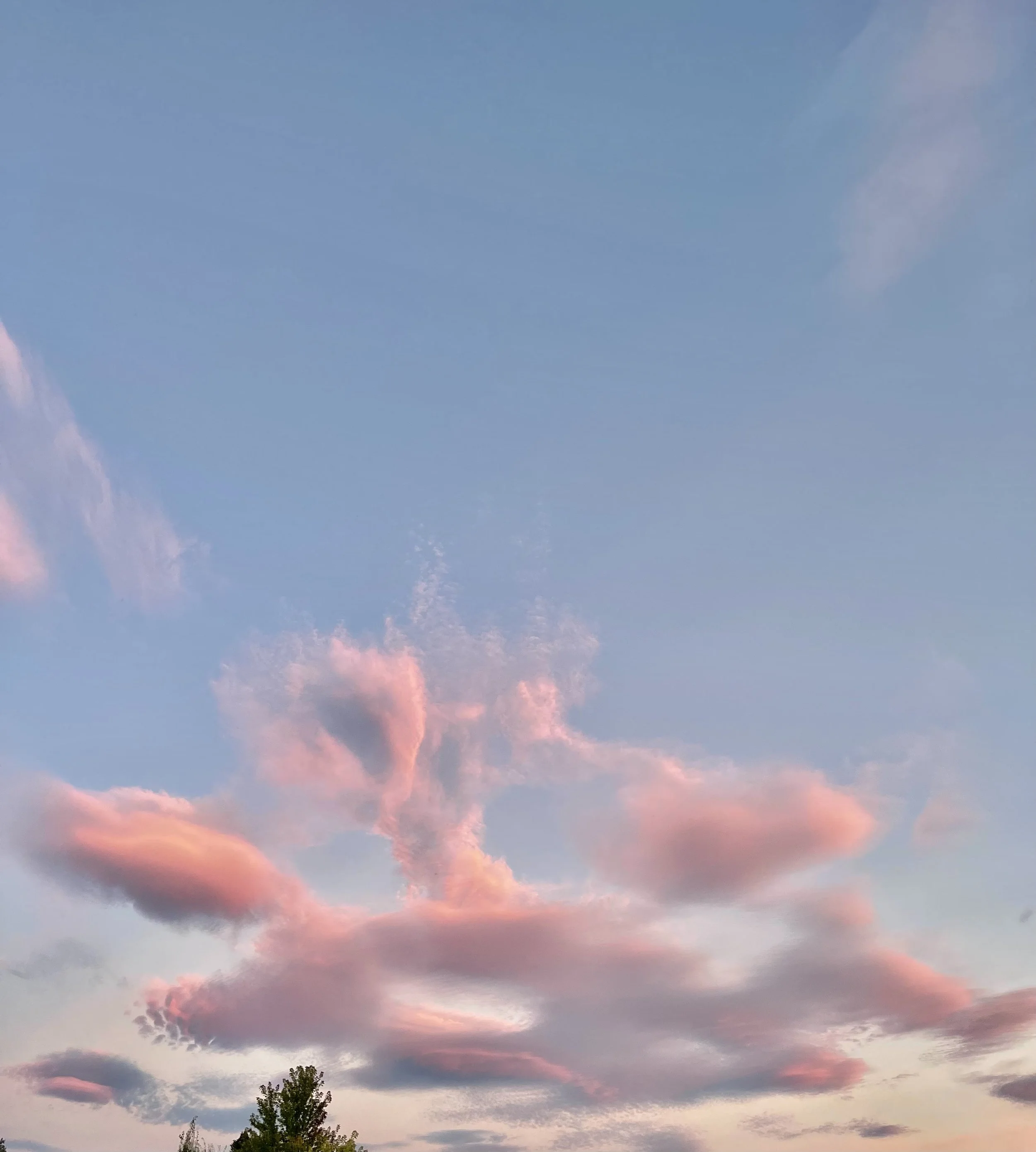We are a slow fashion brand.
High quality materials, excellent craftsmanships and the humane treatment animals are the cornerstone of our business. Our 100% boiled wool is made in Austria with hydro energy. We use non toxic dyes. Everything in our store is handcrafted in Stevensville, Montana.
(Updated April 2024)
“There is a major disconnect between what we wear and our knowledge of its impact on land, air, water, labor, and human health. Even those who value access to safe, local, nutritious food have largely overlooked the production of fiber, dyes, and the chemistry that forms the backbone of modern textile production. While humans are 100 percent reliant on their second skin, it’s common to think little about the biological and human cultural context from which our clothing derives.”
— Rebecca Burgess
Author of “Fibershed: Growing a Movement of Farmers, Fashion Activists, and Makers for a New Textile Economy”
Why do we use 100% boiled wool?
Natural Material: Being made from 100% wool, boiled wool is a natural and sustainable material, biodegradable and eco-friendly.
Warmth: Boiled wool is known for its excellent insulation properties, keeping the wearer warm in cold weather conditions.
Water Resistance: Boiled wool has natural water-repellent properties, making it resistant to light rain and moisture.
Durability: Boiled wool is durable and resilient, able to withstand wear and tear over time.
Breathability: Despite being warm, boiled wool is breathable, allowing moisture to escape and preventing overheating.
Softness: Boiled wool is often soft to the touch, providing comfort when worn.
Wrinkle Resistance: Boiled wool tends to resist wrinkling, maintaining its shape and appearance even after extended wear.
Happy Sheep
The sheep: There are ethical concerns regarding the treatment of sheep in some farming practices. We only work with sheep farmers that can prove good living conditions, access to adequate food and water, and proper handling during shearing.
Shearing: Once or twice a year, depending on the breed , sheep are sheared. Shearing is done by skilled shearers who carefully remove the fleece from the sheep using electric clippers or manual shears. Shearing is an essential part of sheep management as it helps keep the sheep healthy.
Sorting and Grading: After shearing, the wool is sorted and graded based on factors such as fineness, length, color, and cleanliness. This process ensures that wool of similar quality is grouped together, which is important for maintaining consistency in the final product.
Our boiled wool is made from wool of the Tyrolean rock sheep, Tyrolean mountain sheep, Swiss Jura Sheep, Swedish Gotland sheep, German Coburg Fox Sheep, Shetland Sheep, Alpaca Sheep, Himalayan Yak, Merino Sheep
How is boiled wool made?
Processing: The sorted wool is cleaned to remove impurities such as dirt, grease (lanolin), and vegetable matter (like bits of hay or grass). This cleaning process, known as scouring, may involve washing the wool with water and soap. After scouring, the wool is dried and further processed to align the fibers and prepare them for spinning.
Spinning: The cleaned and prepared wool fibers are spun into yarn using spinning machines. During spinning, the fibers are twisted together to create yarn of the desired thickness and strength. The type of spinning method used (e.g., worsted or woolen spinning) can affect the characteristics of the final yarn.
Knitting or Weaving: For boiled wool production, the fabric is knitted using special techniques that create a dense, felted texture. This dense fabric is then subjected to a process called fulling or boiling.
Fulling/Boiling: Fulling or boiling is the key step in producing boiled wool. The knitted fabric is agitated in hot water and subjected to heat, friction, and pressure, causing the fibers to shrink and the fabric to become denser and more compact. This process results in a felted fabric with unique properties, including increased warmth, water resistance, and durability.
Finishing: After fulling, the boiled wool fabric may undergo additional finishing processes such as drying, stretching, and pressing to achieve the desired texture, thickness, and appearance. It may also be dyed or treated with special finishes for added functionality or aesthetic appeal.
Quality Control: Throughout the production process, quality control measures are implemented to ensure that the final boiled wool fabric meets the desired standards for texture, appearance, performance, and sustainability.
The wool we use is GOTS certified.
Wool production is powered by hydro energy
In the summer of 2023. Daniela visited the family owned and operated wool mill where we buy our boiled wool. She wanted to see for herself what the mill is like.
“Nestled in an Austrian valley — just like ours — sits this factory, powered by hydro energy. The river produces power for its people and businesses. I got a tour through the factory. I wanted to see the machines in action, watch the workers make the material. Walking into the factory, I got a sense of competence and knowledge. Everyone had their station, they chat with each other. It seemed like they are a big family of about 50 workers. So yeah. I felt really good knowing that our fabric is produced under these positive circumstances as well as clean and productive environment. No wired smells.” — Daniela Skrein





